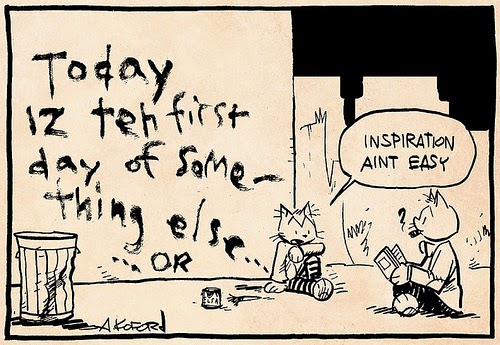I started this blog 10 years ago today. It was, more or less, a chronicle of my time after my job at IBM went away. It included my search for next jobs, notes from an illness, and large heaps of randomness about life, weather, work, friendship, and technology.
The closing bracket to that part of my life happened last week when we put our house up for sale. We’ve lived in this house for 32 years and will be moving to a condo a couple miles away in the center of town. I’ll be posting various notes about the move as the days and weeks go on.
Many people and cultures are able to use date-based milestones for important purposes. When Catholic families gather for a memorial Mass, it reaffirms their connections with the loved one and with each other. This week, we have Passover and Easter. Although the dates are determined by a combination of calculus and astronomy, the effect is the same – unity with people over time.
This milestone isn’t that. This is just a date 10 years later. We get what we need in the way that we need it.
So, if I was to start a new blog, what would it be? Well, for starters, it’s really difficult to think about just one blog. In 2004, Blogger was the major service for creating and disseminating blogs. There were other services and tools, some of which we explored in the late 90s. Now, though, it’s the city of Babel. In addition to writing occasionally here, I post stuff on Google+, Twitter, LinkedIn, a bit on Medium, a Learning and Technology blog via MailChimp, and, of course, Facebook. I also blog professionally, mostly at All LED Lighting, where my friend, Keith Dawson, is editor-in-chief.
Where I write has a large influence in what and how I write. The audiences are different and the kinds of engagement are quite different. Ten or even five years ago, it worked well to integrate personal, technical, and political content into a single blog.

My summertime project is to figure this out. Not only am I trying to decide about what to write where, but, implicitly trying to set a course for this next chapter of life. Most big personal projects, like date-based milestones, turn out to be less insightful than we’d wish. Our most memorable inflection points result from showing up and paying attention.
This morning I read a blog post about project management tools. The key message for me is that the true measure of any decision-making process is how well it helps you stop doing the wrong thing. If we continue to experiment with work and life, we’ll find a few great and a lot of bad ideas. Simple, eh?






